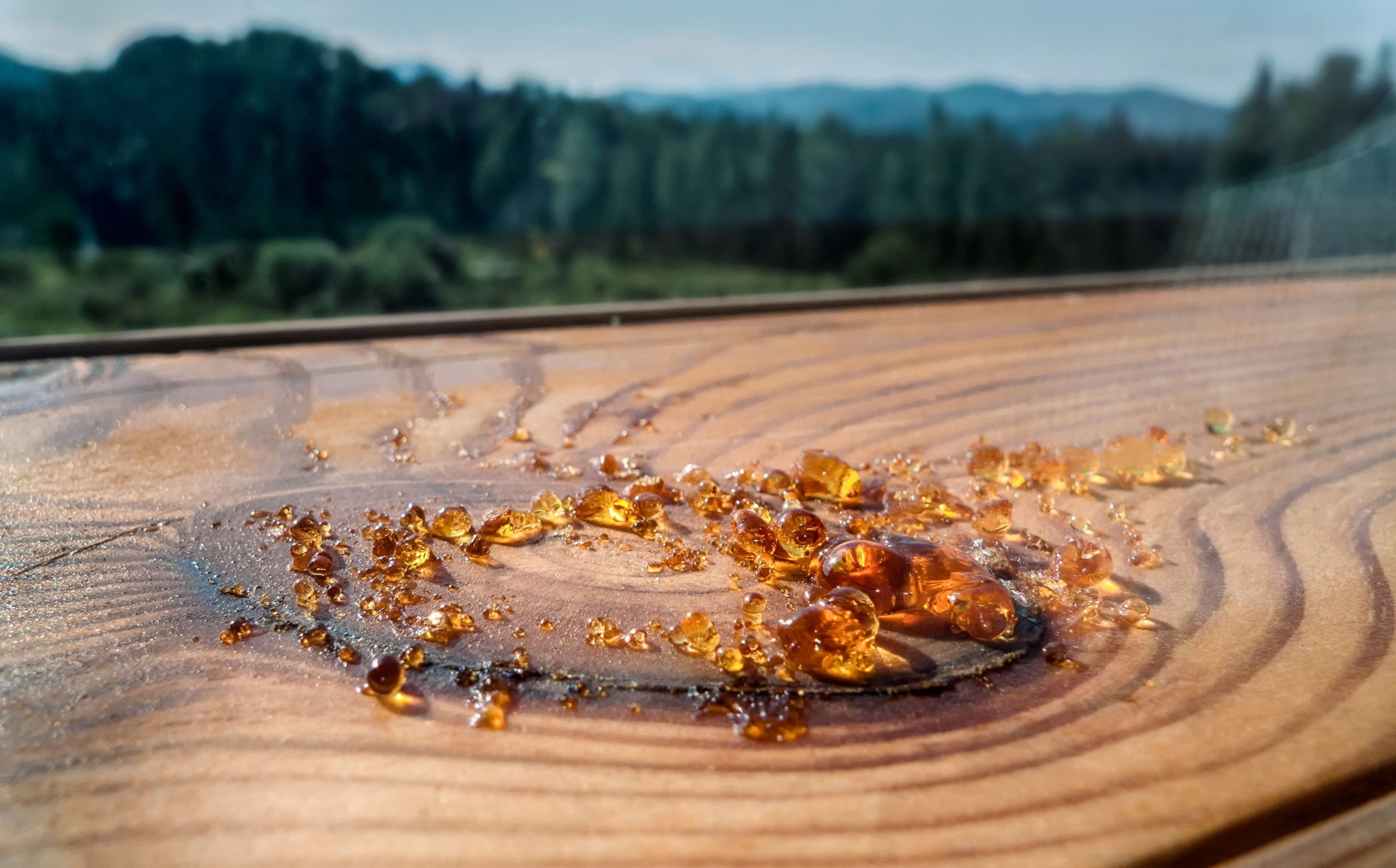
Tree sap is one of the stickiest, most frustrating substances to remove from outdoor surfaces. Whether it’s dripping down onto your siding or accumulating on your deck beneath that majestic pine, sap is a stubborn mess that laughs in the face of regular scrubbing. 😤 So naturally, many homeowners wonder:
Can pressure washing get rid of tree sap?
The short answer: Yes — but with caution, technique, and the right cleaner. Pressure washing can be an effective method to break down and remove sticky sap from siding and decks, but using the wrong approach can damage the surfaces or smear the mess even further.
Let’s break down how it works, what to use, and the best practices to safely and effectively pressure wash tree sap away. 💦🌲
🌳 What Makes Tree Sap So Hard to Remove?
Tree sap is a resinous, sticky secretion from trees — especially pines, firs, maples, and sweetgums. It’s a combination of sugars and organic compounds that hardens when exposed to air. Once it dries on a surface like wood or vinyl, it becomes extremely difficult to remove with basic soap and water.
Here’s why it’s so stubborn:
- It hardens quickly into a gummy shell
- It bonds chemically with wood and porous materials
- It resists water unless it’s been softened first
- It can smear when attacked with pressure or heat too soon
🧼 Can Pressure Washing Alone Remove Sap?
Pressure washing can help remove sap, but only under certain conditions. If you aim a pressure washer at hardened sap without prepping the area, you’ll likely:
- Only remove the surface of the sap
- Smear the rest across the siding or wood grain
- Potentially embed the residue deeper
- Or worse, damage paint, stain, or the surface itself 😬
That’s why it’s crucial to loosen the sap before blasting it with pressure. Think of the pressure washer as your final rinse — not your main method.
Browse Amazon Here For Top Rated Power Washers And Accessories
🧴 Best Cleaners for Breaking Down Sap Before Pressure Washing
To successfully get rid of tree sap, start with a sap-dissolving solution. Here are a few effective options:
✅ Commercial Sap Removers
- Specifically formulated to break down resin
- Safe for siding, decks, and painted surfaces
- Brands like Goo Gone, Simple Green, or Krud Kutter work well
✅ Household Remedies
- Rubbing alcohol (isopropyl alcohol) – softens hardened sap
- Mineral spirits or turpentine – great for wood decks (test first!)
- WD-40 – effective on vinyl or metal surfaces
- White vinegar – a gentler option, but may take longer
Let the cleaner sit for 5–15 minutes to break down the resin before using your pressure washer. 🕒
🛠️ Step-by-Step: How to Pressure Wash Tree Sap the Right Way
Follow this process to remove sap without harming your surfaces:
1. Identify the Affected Area
- Look for sticky patches, discoloration, or spots where leaves and dirt are sticking more than usual
2. Apply Sap Remover
- Spray or rub the remover on the sap
- Let it dwell for 10–15 minutes to soften the resin
3. Scrub Gently
- Use a soft brush or cloth to break the sap’s surface
- Don’t try to scrape aggressively — just loosen the top layer
4. Pressure Wash the Area
- Use a wide-angle nozzle (25° or 40°)
- Keep the PSI under 2,000 for siding or soft wood
- Hold the wand 12–18 inches away
- Start at a low setting and gradually increase as needed
5. Rinse and Repeat (If Needed)
- Stubborn sap may require 2–3 rounds of cleaning
- Follow up with a mild detergent if residue remains
⚠️ Surfaces to Be Careful With
Pressure washing is powerful, and some materials are more vulnerable than others. Take extra care with:
- Vinyl siding: Can warp or crack with high PSI
- Painted surfaces: Pressure can strip paint if too close
- Stained decks: Aggressive cleaning can strip the stain
- Older wood: More absorbent, easier to damage
Always test in an inconspicuous area before going all-in. 🎯
🧠 Pro Tips for Dealing with Tree Sap Long-Term
If you’re dealing with sap year after year, here are a few prevention and maintenance tips:
🌲 Trim Overhanging Branches
The fewer limbs hanging over your deck or roof, the less sap you’ll deal with.
🧴 Seal Wood Surfaces
A high-quality sealant or stain makes it harder for sap to bond with wood.
🧹 Regularly Clean
Sweep and rinse areas under trees frequently to prevent buildup.
📅 Pressure Wash Seasonally
Even if you don’t see sap, doing a light pressure wash in spring and fall keeps everything looking fresh.
❓ FAQ: Additional Questions About Sap and Power Washing
Q: Will hot water help remove sap?
A: Yes, a hot water pressure washer can soften sap more effectively. But use caution — too much heat on vinyl or paint can cause damage.
Q: Can I use bleach to help remove sap?
A: No — bleach doesn’t break down sap and could discolor your surfaces.
Q: Is it okay to pressure wash during the summer when sap is stickier?
A: Yes, but summer heat can make sap smear more. Pre-treating is even more important during warmer months.
✅ Conclusion: Yes, Pressure Washing Can Remove Sap — If Done Right!
Pressure washing is a great tool to remove stubborn tree sap, but it’s not magic on its own. The key is preparation — softening the sap with the right cleaner, scrubbing gently, and then finishing the job with a well-controlled blast of water.
Take your time, use the right methods, and that sticky, annoying mess will be history. 👋🌲🧼
Browse Amazon Here For Top Rated Power Washers And Accessories






